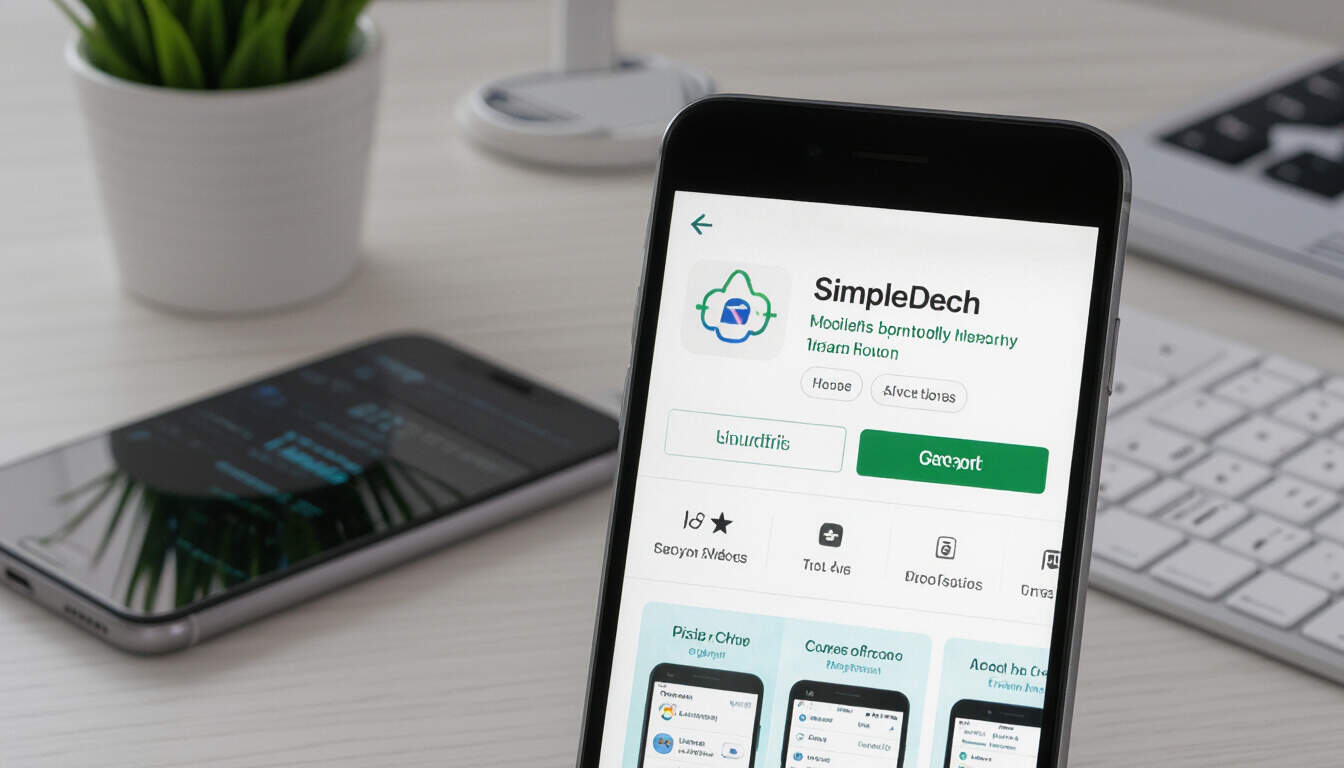Mobile-First Design for SaaS Architecture
 by Marlene Keeling
by Marlene Keeling
Explore the essentials of mobile-first design in SaaS architecture, focusing on practical strategies for solo developers. This approach ensures responsive applications that prioritize mobile users, enhancing accessibility and performance in software development.

Mobile-first design has become a key element in SaaS architecture, especially for solo entrepreneurs building applications. This method starts with the smallest screen in mind, creating a foundation that scales up effectively. By focusing on mobile-first design, developers can build more adaptable systems.
Why Focus on Mobile Devices in SaaS?
Many users access SaaS tools from their phones, making mobile optimization essential. This strategy helps in delivering a seamless experience across devices. For solo developers, adopting this approach means creating products that work well on limited screens first.
One main advantage is improved performance. Applications built with SaaS architecture in mind for mobile often load faster and use less data. This is particularly useful for users in areas with poor internet. Real-world scenarios show that apps like simple project management tools perform better when they prioritize mobile interfaces.
Practical Steps to Implement Mobile-First Design
Getting started involves a few straightforward steps. First, sketch out the core features for a mobile layout. Begin by defining the essential elements that fit on a small screen, such as buttons and navigation menus.
Next, use responsive frameworks. Tools like CSS Grid or Flexbox allow elements to adjust based on screen size. For example, a solo developer might start with a basic wireframe on paper, then code it using these frameworks to ensure adaptability.
Testing is crucial in this process. Use emulators or actual devices to check how the app behaves. A step-by-step guide could include:
- Define mobile-specific user flows.
- Code the interface with minimal elements.
- Gradually add desktop features while maintaining mobile priority.
- Test on various devices for consistency.
Real-World Applications
Consider how independent developers have succeeded with this method. A note-taking app built by a solo creator might feature a clean, touch-friendly interface. This app scales up to tablets and desktops without losing functionality, showing the versatility of mobile-first principles.
In another case, a freelance tool for time tracking uses simple gestures for mobile users. These examples highlight how focusing on mobile can lead to broader appeal. Developers often find that starting small results in more innovative designs.
Addressing Common Challenges
While beneficial, challenges can arise. For instance, some features might not translate well from mobile to larger screens. Solo entrepreneurs can solve this by prioritizing core functions and using progressive enhancement techniques.
Data security is another area to consider. Ensuring that SaaS applications handle user data securely on mobile devices is vital. Practical advice includes implementing basic encryption from the start and regularly updating code.
Tools and Resources for Solo Developers
Several resources can aid in this process. Free libraries and open-source options provide templates for mobile-first layouts. Developers might explore community forums for tips on integrating these tools into their projects.
For instance, using JavaScript frameworks can simplify the development cycle. A solo builder could set up a basic project in a few hours, focusing on mobile interactions before expanding.
Measuring Success
To gauge the effectiveness of mobile-first design, track user engagement metrics. Metrics like session duration on mobile devices can indicate success. Over time, developers see improvements in retention rates.
In summary, embracing mobile-first design in SaaS architecture offers clear benefits for solo creators. By following these steps and learning from examples, developers can create efficient, user-friendly applications that stand out.
